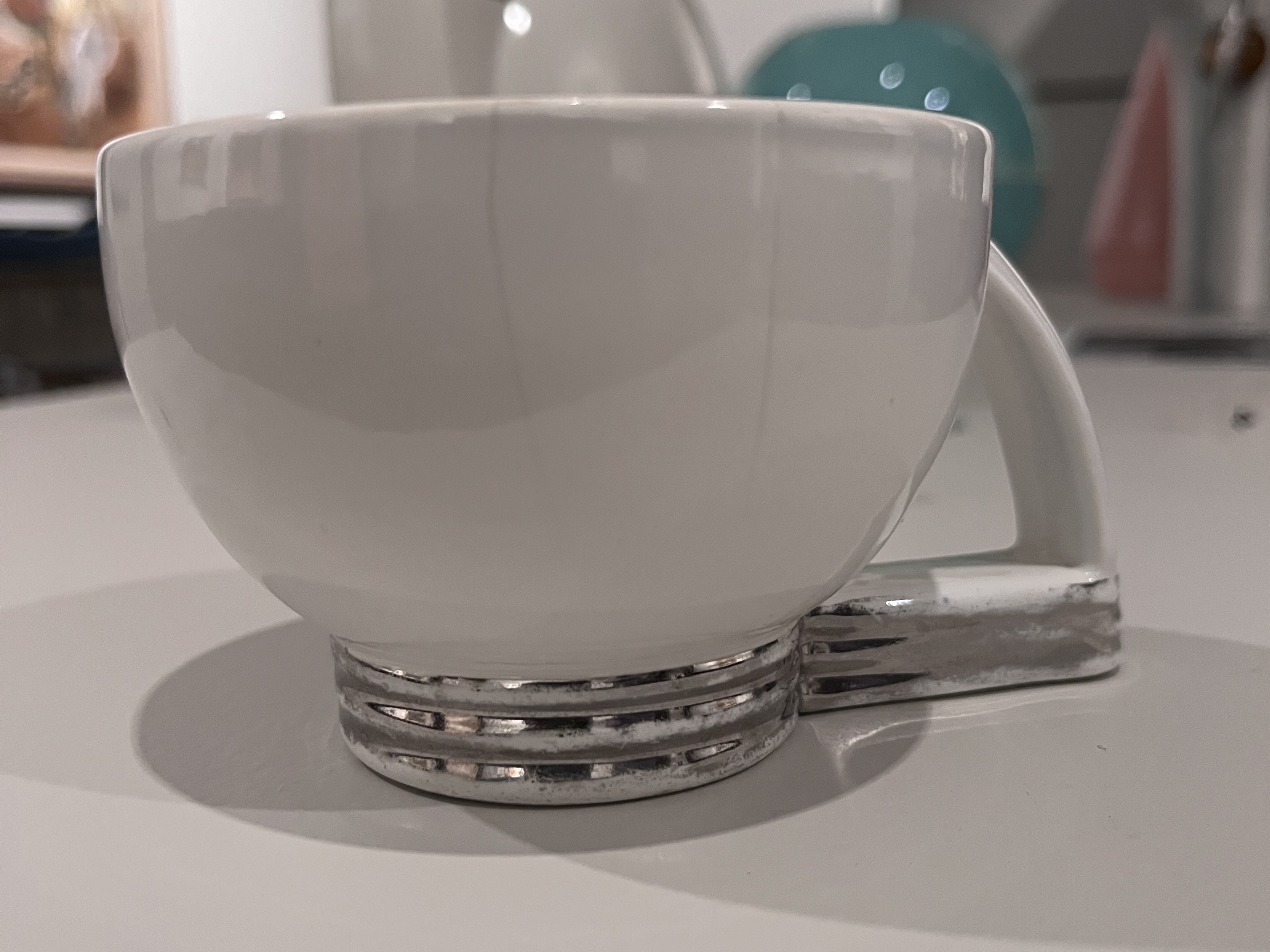- Events & Programs Home
- Calendar
- Accessibility
- Adults
-
Families & Teens
- Families & Teens Home
- 10x10 Teen Art Expo
- Art on the Rise
- Art Together: Art Making for Families with Children Ages 3–5
- Babies Sing with May Festival Minis
- Boy Scouts / Girl Scouts
- CAM Kids Day
- Family Storytime and Gallery Walk
- Family Studio: Art Making for Families with Children Ages 6–12
- Games in the Galleries
- Members-Only Baby Tours
- Public Baby Tours
- REC Reads
- Rosenthal Education Center (REC)
- Saturday Morning Art Class
- See Play Learn Kits
- Summer Camp
- Teen Fest: Zine and Comic Exchange
- RECreate
- Teachers
- Community Outreach
- Fundraisers
- Plan Your Own Event

- Events & Programs Home
- Calendar
- Accessibility
- Adults
-
Families & Teens
- Families & Teens Home
- 10x10 Teen Art Expo
- Art on the Rise
- Art Together: Art Making for Families with Children Ages 3–5
- Babies Sing with May Festival Minis
- Boy Scouts / Girl Scouts
- CAM Kids Day
- Family Storytime and Gallery Walk
- Family Studio: Art Making for Families with Children Ages 6–12
- Games in the Galleries
- Members-Only Baby Tours
- Public Baby Tours
- REC Reads
- Rosenthal Education Center (REC)
- Saturday Morning Art Class
- See Play Learn Kits
- Summer Camp
- Teen Fest: Zine and Comic Exchange
- RECreate
- Teachers
- Community Outreach
- Fundraisers
- Plan Your Own Event
Blog: CAM Uncovered
Blog: CAM Uncovered
- Home
- Plan Your Visit
- Art
-
Events & Programs
- Events & Programs Home
- Calendar
- Accessibility
- Adults
-
Families & Teens
- Families & Teens Home
- 10x10 Teen Art Expo
- Art on the Rise
- Art Together: Art Making for Families with Children Ages 3–5
- Babies Sing with May Festival Minis
- Boy Scouts / Girl Scouts
- CAM Kids Day
- Family Storytime and Gallery Walk
- Family Studio: Art Making for Families with Children Ages 6–12
- Games in the Galleries
- Members-Only Baby Tours
- Public Baby Tours
- REC Reads
- Rosenthal Education Center (REC)
- Saturday Morning Art Class
- See Play Learn Kits
- Summer Camp
- Teen Fest: Zine and Comic Exchange
- RECreate
- Teachers
- Community Outreach
- Fundraisers
- Plan Your Own Event
- Give & Join
- About
- Tickets
- Calendar
- Exhibitions
- Collections
- Blog
- Shop
Net is really the worst, you guys.
by Obie Linn, Conservator of Textiles
8/25/2025
CAMConservation , textile conservation , Cincinnati Wing
This month in textile conservation I am preparing a really beautiful dress dating to about 1910 and made by the Cincinnati institution of old, H. & S. Pogue Co. (the former department store established in 1863!) The dress is scheduled to go on display in the Cincinnati Wing, but first makes a stop in Conservation to fix some condition issues to help it look its best.
The dress is made of cotton and silk net embroidered in cotton thread. As your friendly local textile conservator, I have to tell you, “Net is really the worst!” It’s very fragile, breaks down over the long-term (especially the black), unravels further when one tries to handle or repair it too clumsily, damaged ends stick up oddly, and it’s super hard to repair or stabilize in a sensitive, invisible, non-obtrusive way. There’s not even a fabric “grain” to help disguise repair work. The worst!
But I’m a problem-solver. Check out these before/after pairs of problems I treated—and unravel part of my journey through net repair!
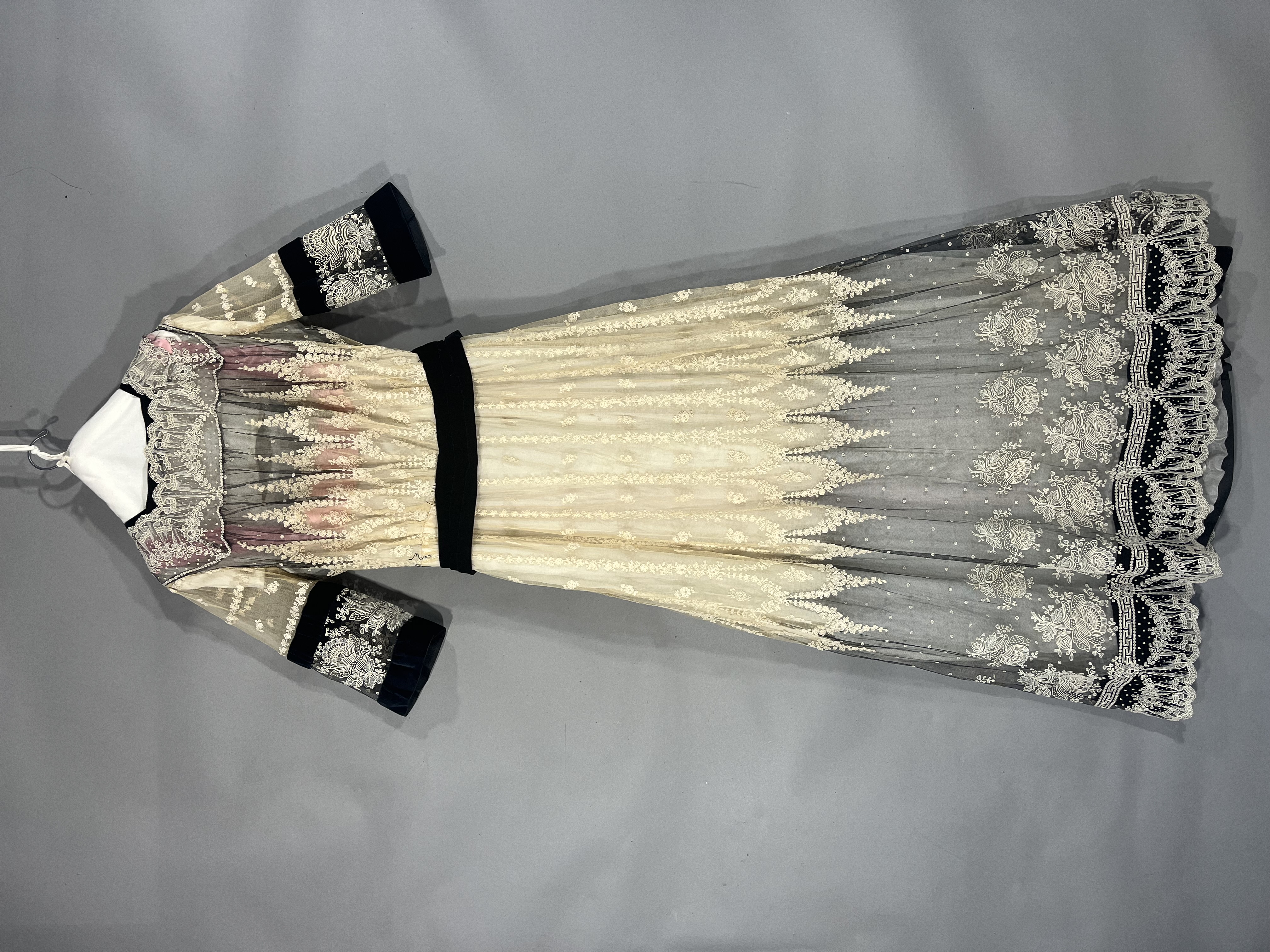
H. & S. Pogue Co. (American, established 1863, Cincinnati), Dress, circa 1910, silk, cotton, Gift of Muriel Richards Holzman in memory of Natalie Pogue Gates and Muriel Gates, 2008.120
1 -
Above is the front view before treatment. Seems to be in reasonably good condition. Surely this will be an easy, fast little spruce-up before display.
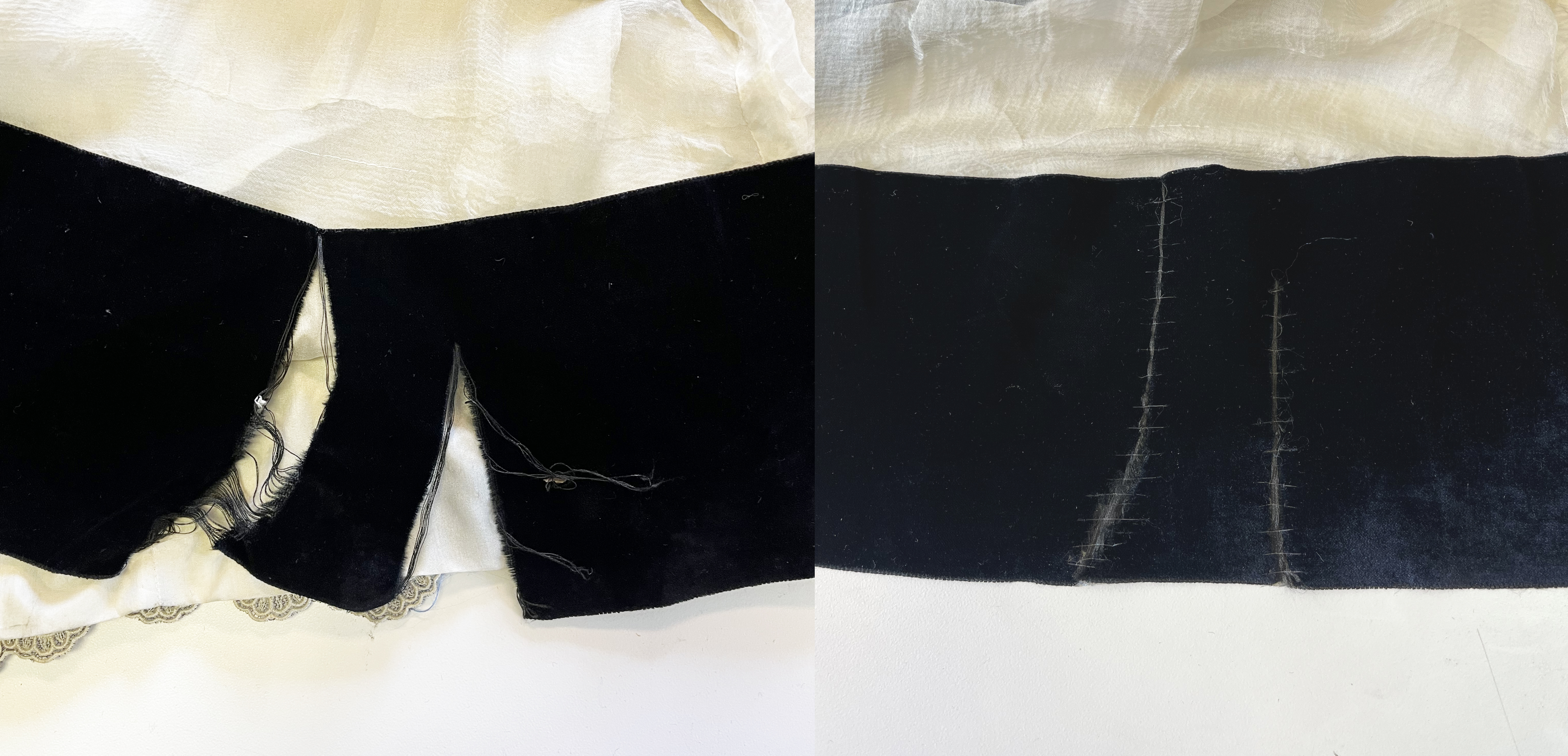
2 -
I often start with the easiest condition issues. This way, the “easy” problems won’t get worse while I work on the harder ones. (And the boost of confidence doesn’t hurt either.) I started here, with some vertical tears in the silk velvet ribbon around the hem. A support patch on the reverse, some stitching from the front, and this site is done.
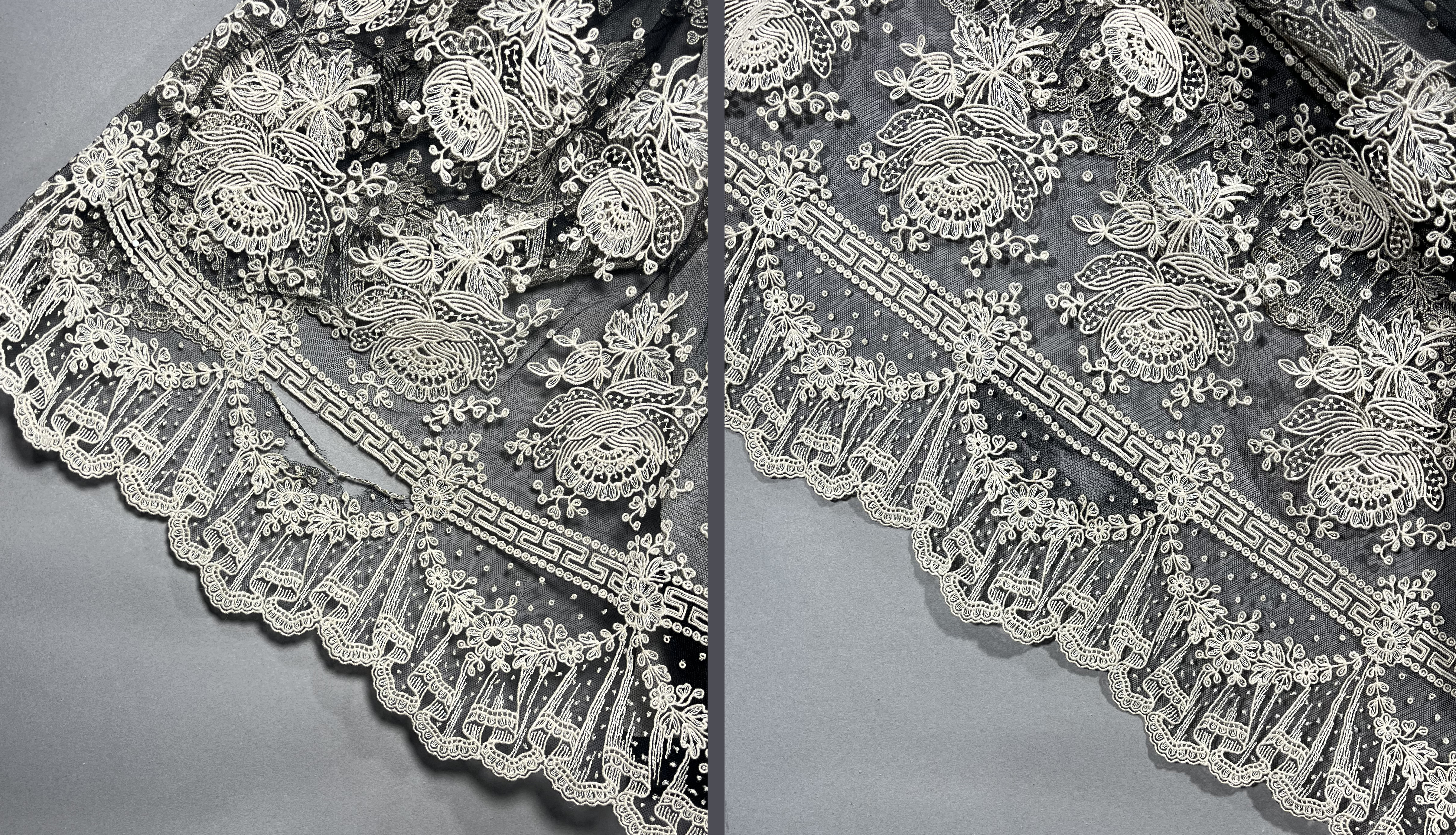
3 -
Next, I took on the first of my damaged net treatments. This is a horizontal tear near the hem. It follows the bottom edge of the Greek key row of embroidery; net was protected from unravelling by the row of tiny, embroidered dots below it, and a section hung vulnerably between larger areas of loss. Below the row of tiny dots, net ground loss continued down to the edge of the embroidered swag of flowers. So the mission: support the damaged, weak area all around this site, secure the dangling bit of circles in their corrected position, and fill in the lost ground with appropriate patch. oof!
I used a small patch of antique black silk net for the patch, stitched to the reverse with super-fine thread. The patch edges are hidden (sort of) behind the Greek key row and down behind the floral swag, but this patch material is a denser weave than the original ground, and I didn’t like how it shows up (when you know where to look!)
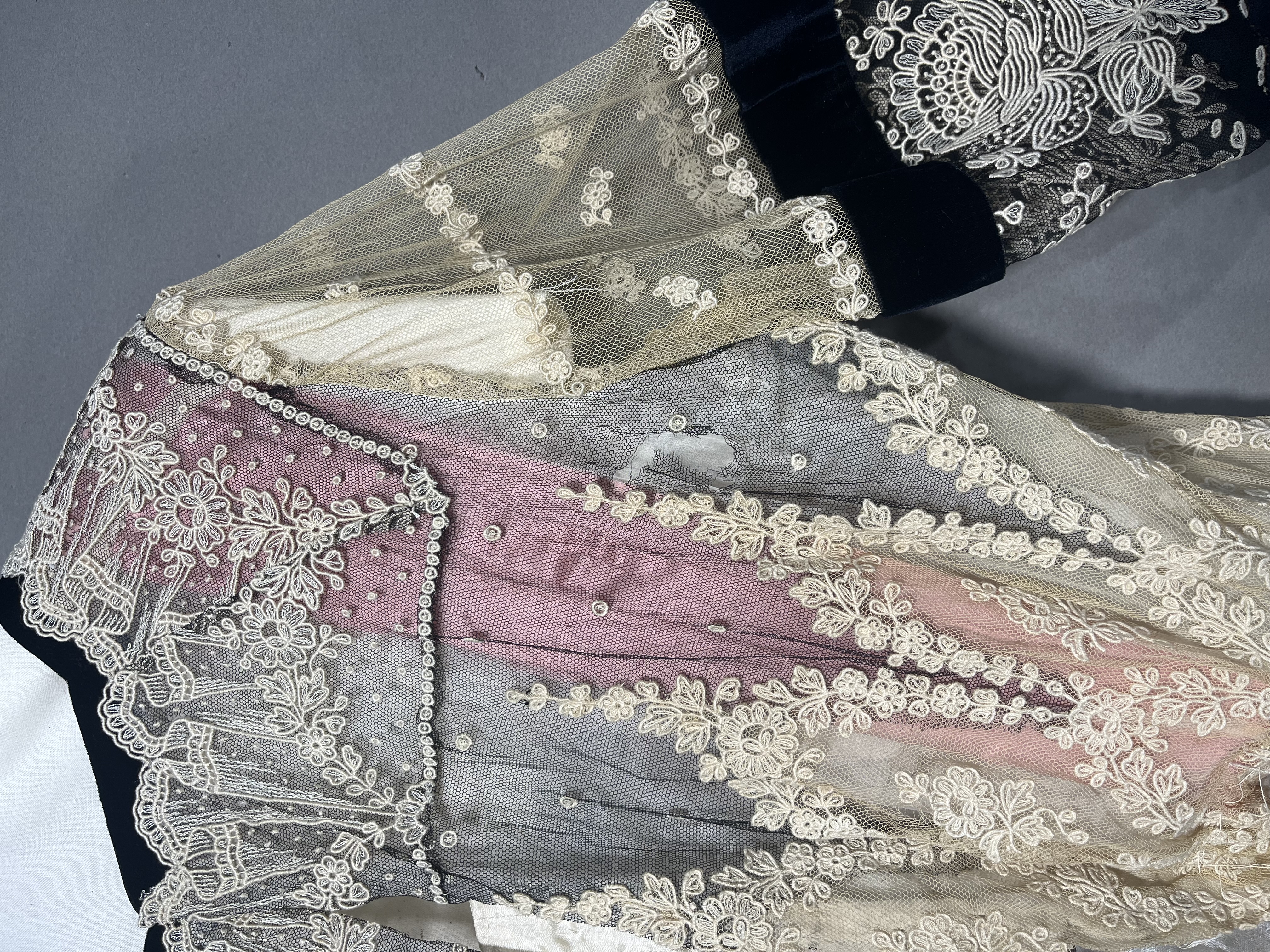
4 -
So, I contemplated how to change my approach for more visible areas like this quarter-sized hole behind the right sleeve. There’s nowhere to hide here! Maybe one edge of the patch can hide behind that sliver of foliage to the left? But most of this area is just net. And what have I told you about net?!
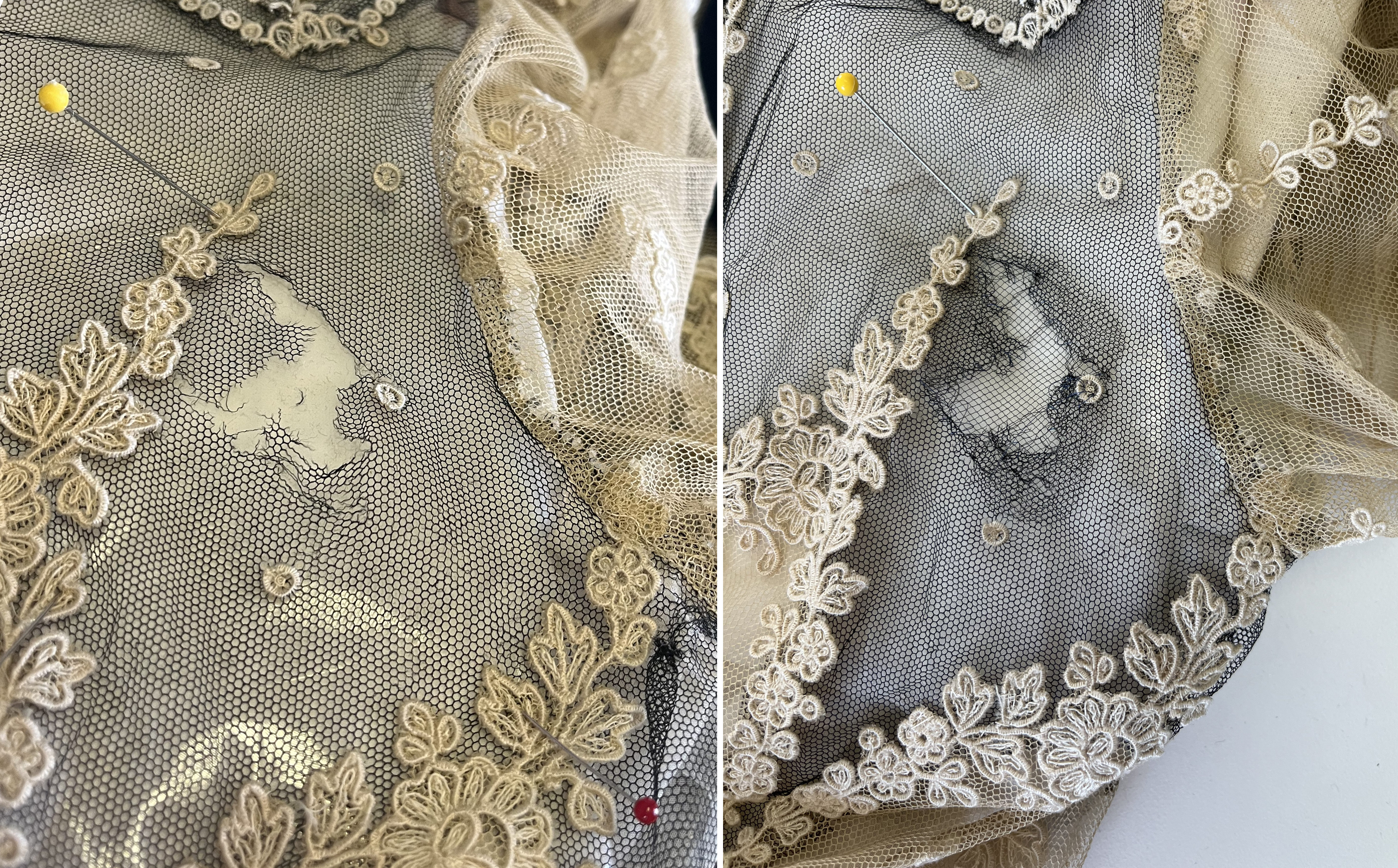
5 -
Here is the tangled journey I took trying to tackle this site, before treatment, after my first attempt, and after my second attempt. The edges of the hole tended to crumble at every disturbance, so securing a patch with as little overlap as possible around the hole edges was tricky. After the first patch, there was too much overhang of the patch, I decided later, and the little unraveled thread ends stuck up. So, I tried again. I trimmed back the patch, redid some of the stitching, and used a little adhesive to try to tack down the unraveled ends. A little better, I think. Luckily, this site is on the back of the dress so hopefully won’t be very visible on display.
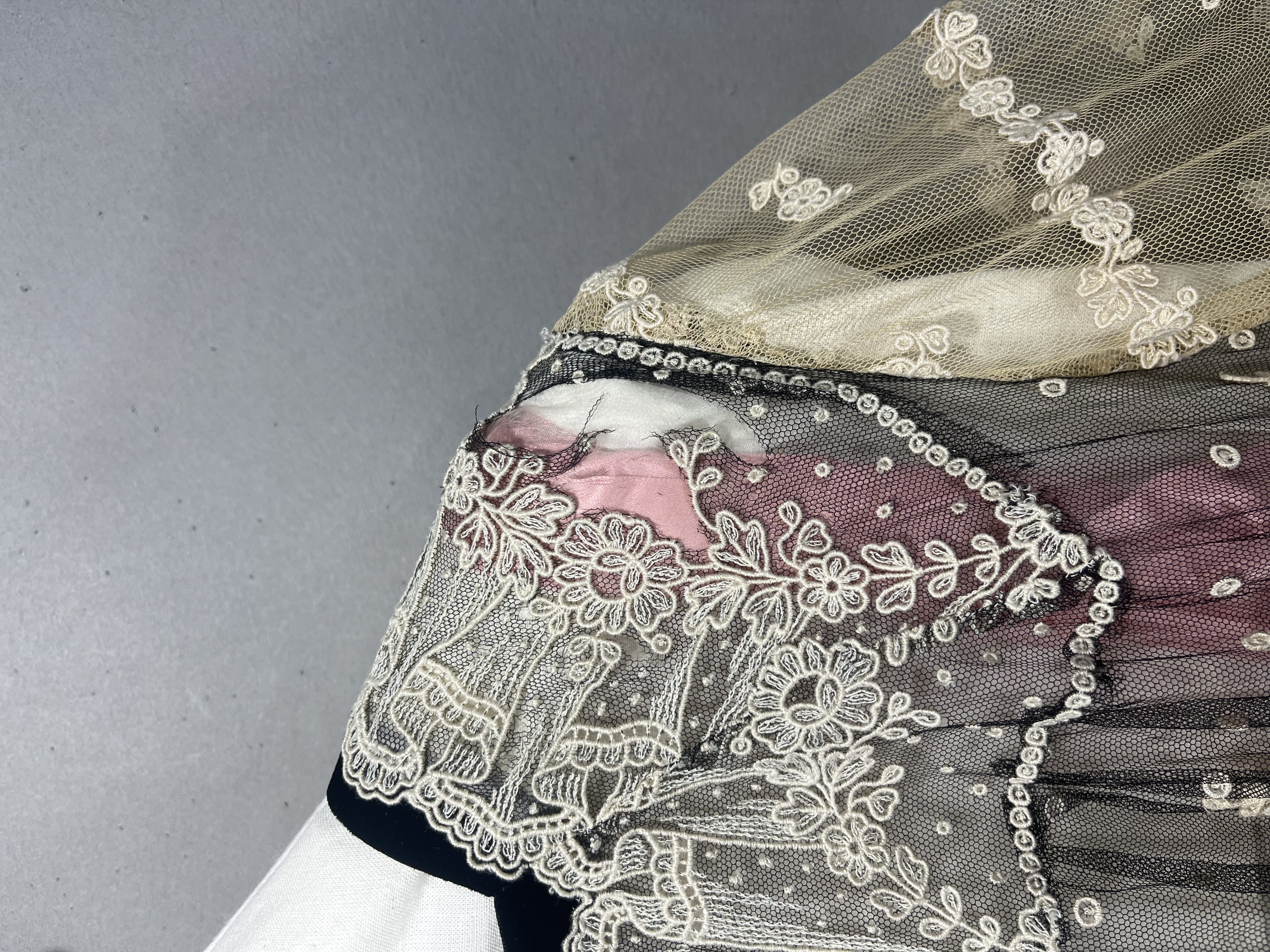
6 -
Then I had to get psyched up to tackle the most visible and probably most important site to be treated: the tops of both shoulders. These sites need to look good and also be quite strong to support the weight of the dress on display. Here, you see the proper left shoulder from the front and back before treatment.

7 -
Here is the face of a textile conservator at the workbench in the midst of a stitched treatment on NET.
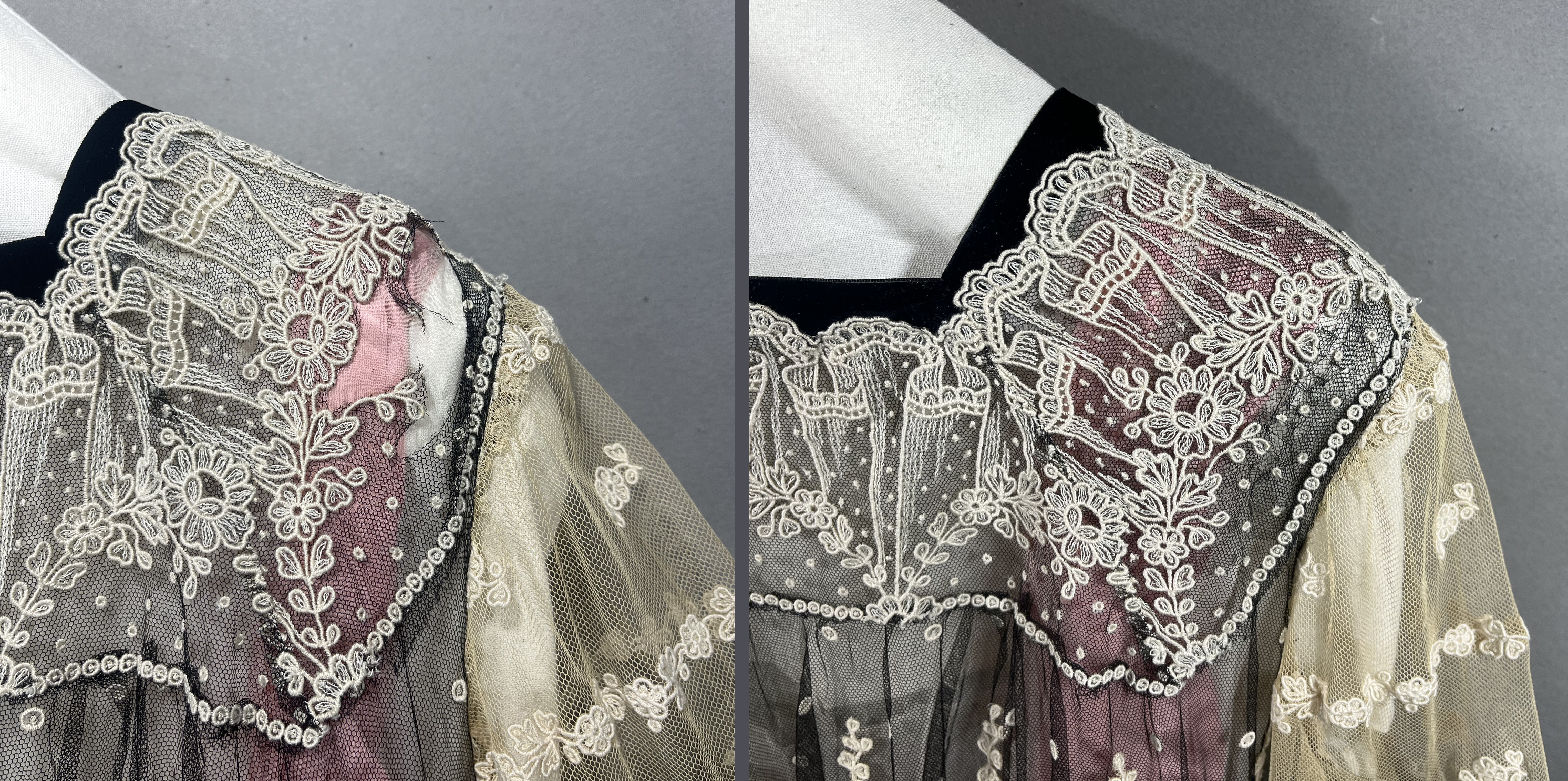
8 -
Here’s the before/after pair of the proper left shoulder. Torn net “miraculously” repaired!
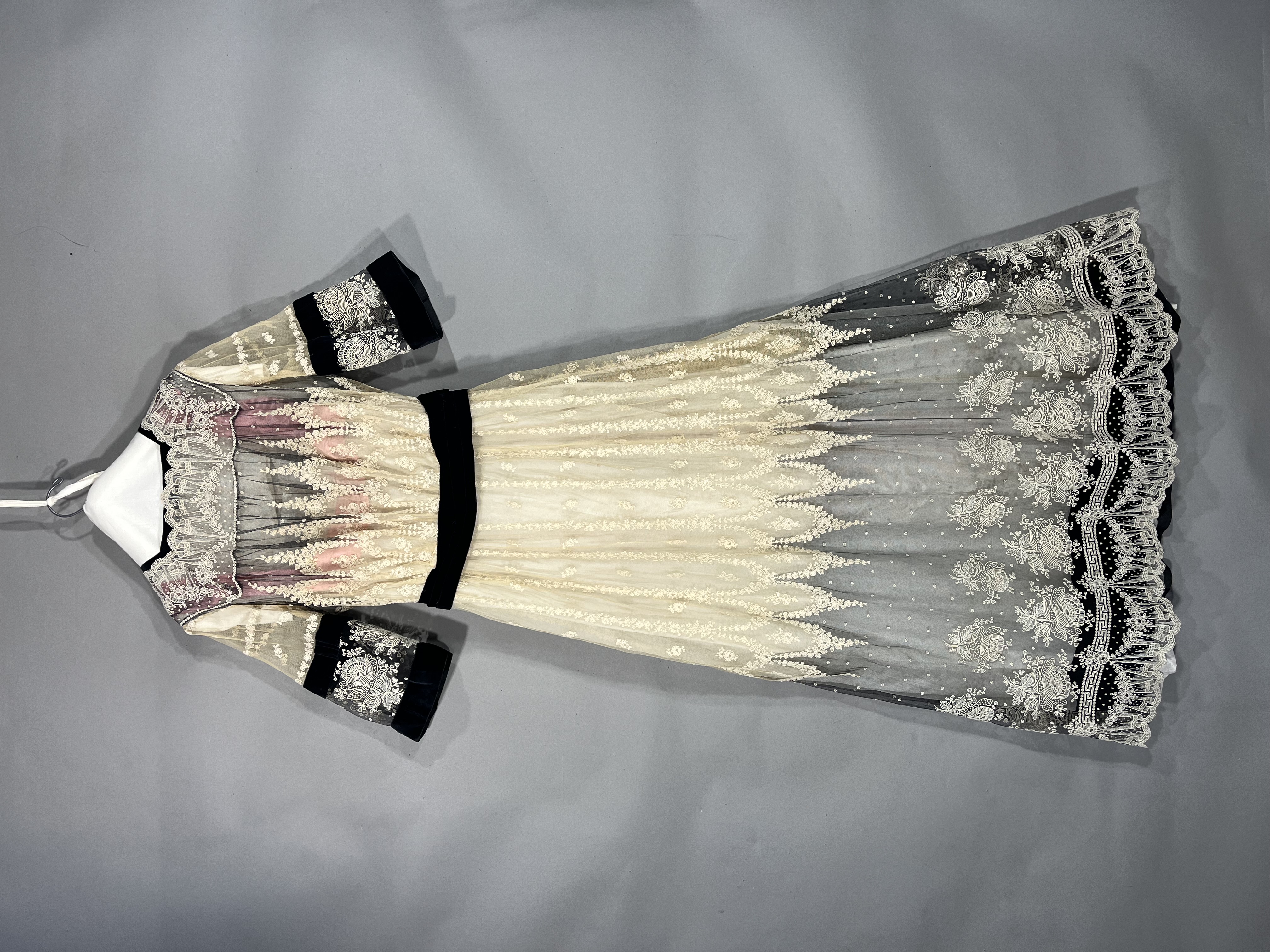
9 -
Front (left) and back (right) views after treatment. She looks pretty good and will look amazing on a mannequin in a few weeks. Come see it in Gallery 122!
Related Blog Posts
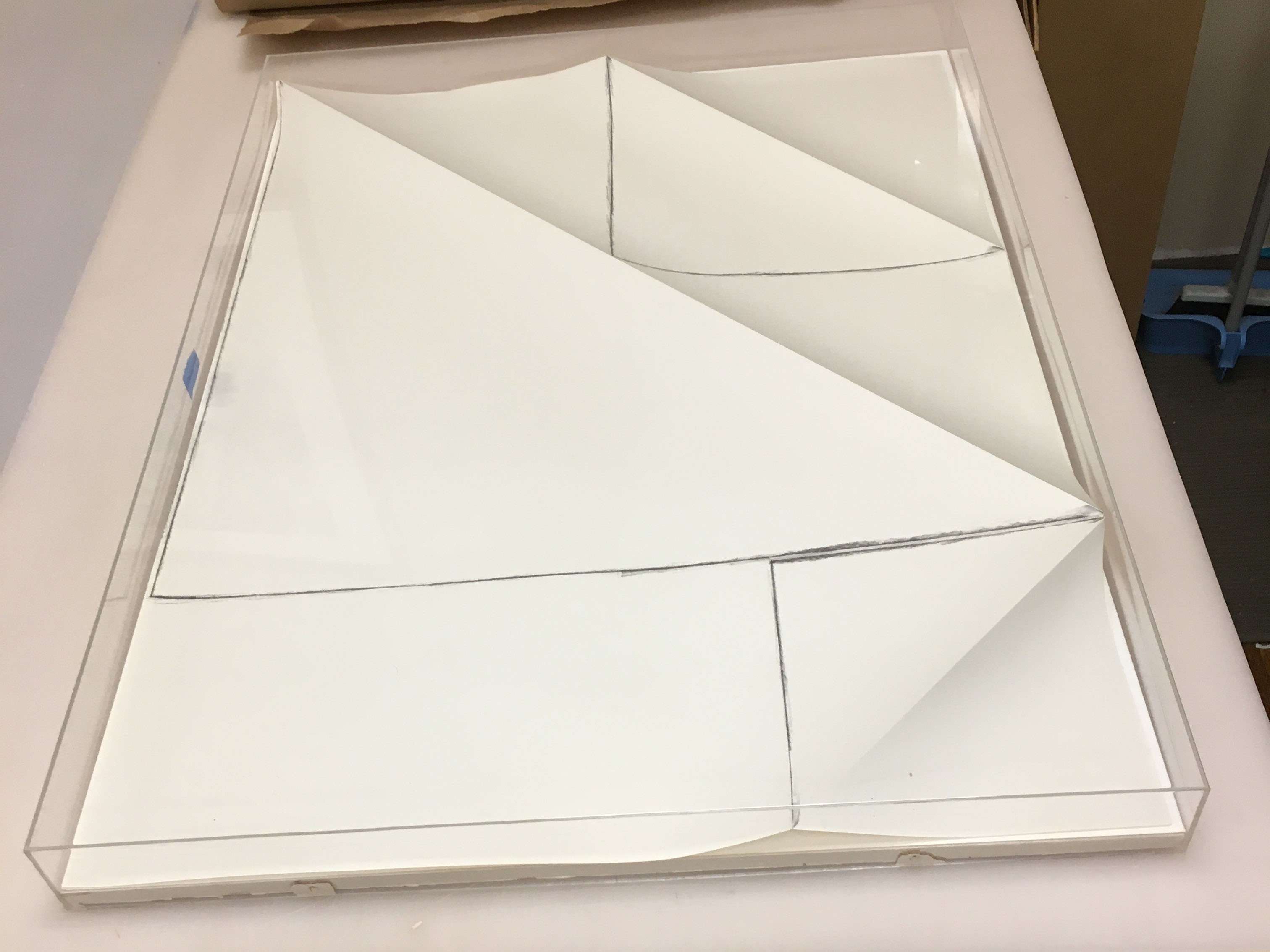
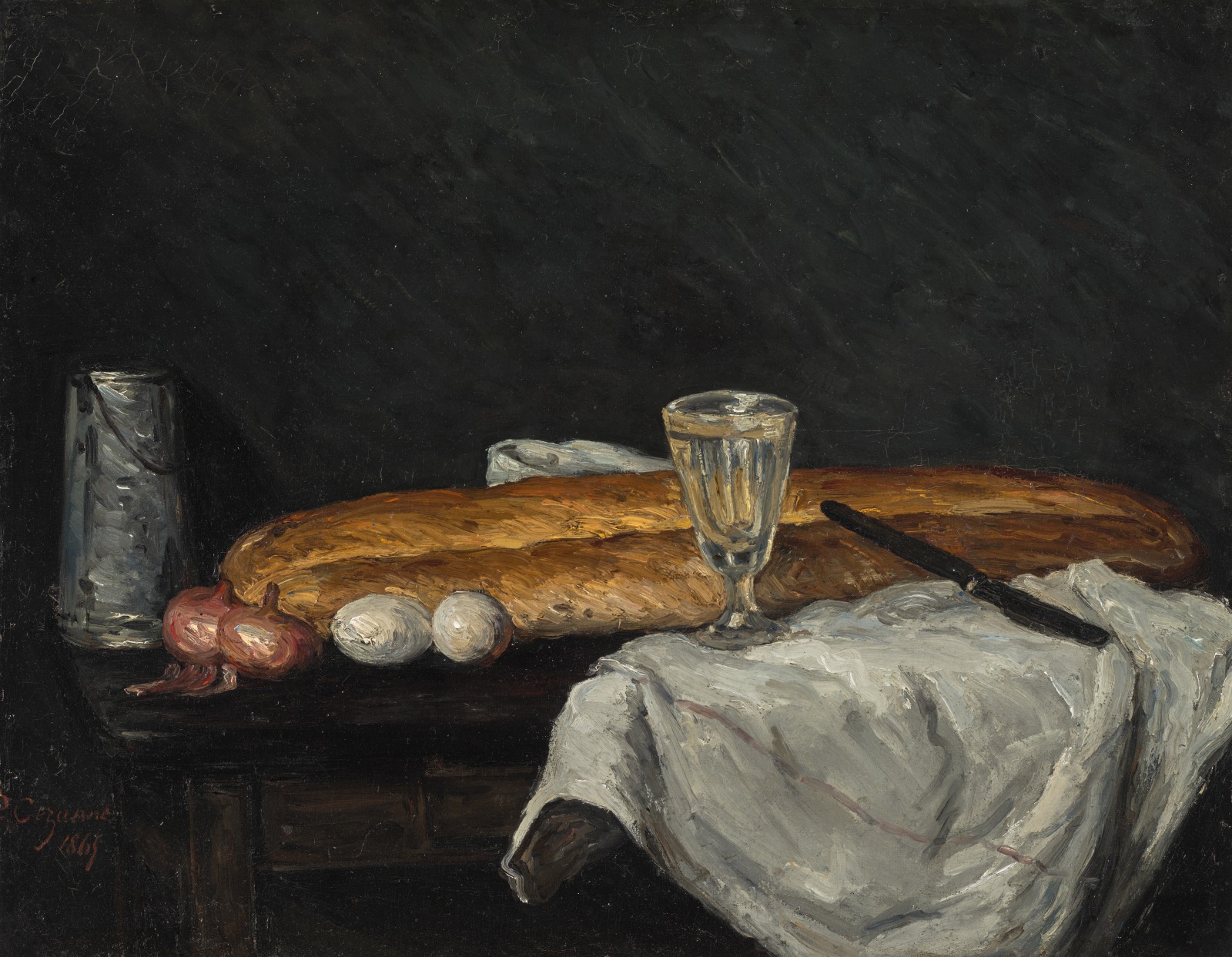
Cincinnati, OH 45202
Toll Free: 1 (877) 472-4226
Museum Hours
Museum Shop
Terrace Café
Library
Cincinnati Art Museum is supported by the tens of thousands of people who give generously to the annual ArtsWave Campaign, the region's primary source for arts funding.

Free general admission to the Cincinnati Art Museum is made possible by a gift from the Rosenthal Family Foundation. Exhibition pricing may vary. Parking at the Cincinnati Art Museum is free.
Generous support for our extended Thursday hours is provided by Art Bridges Foundation’s Access for All program.

General operating support provided by:



